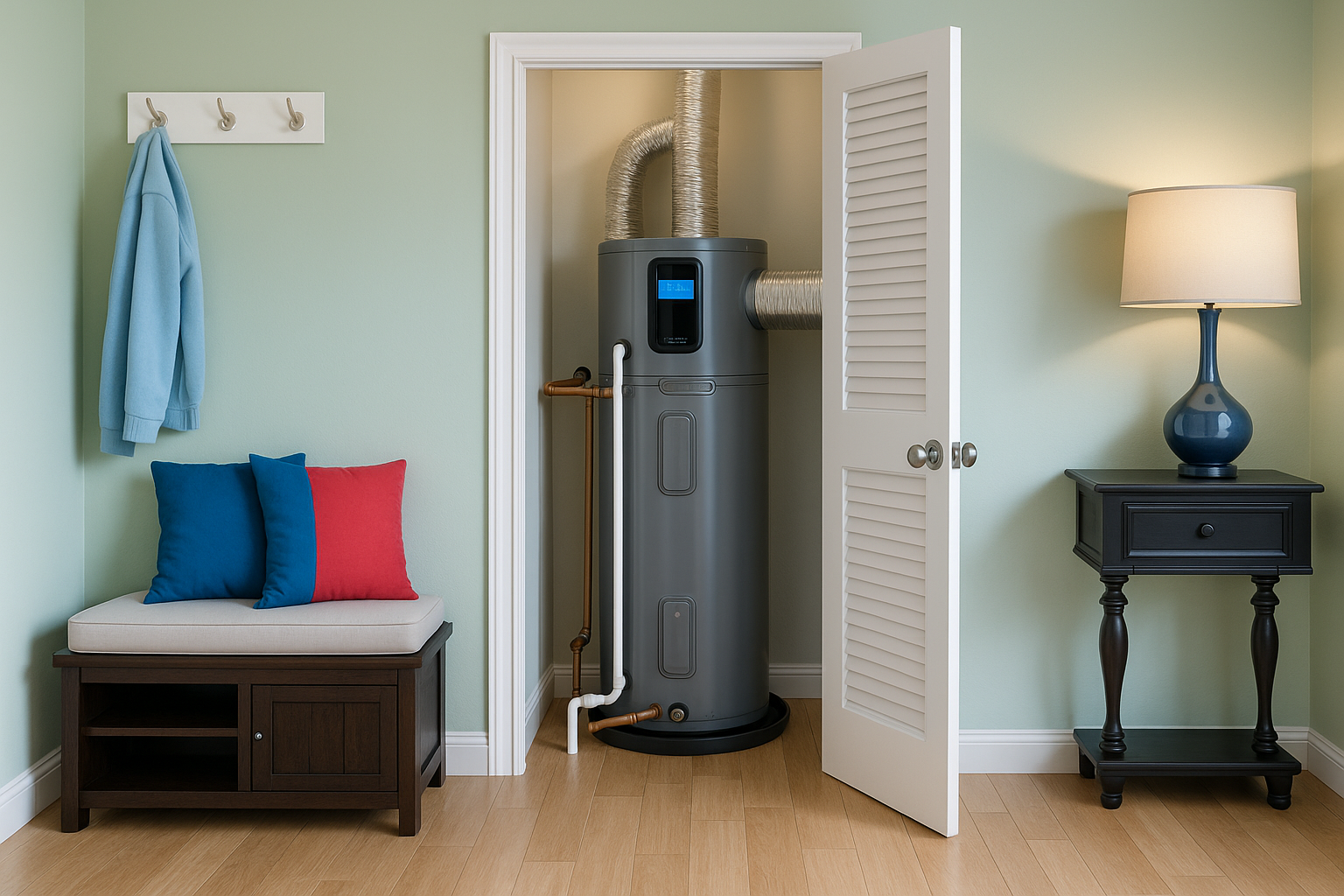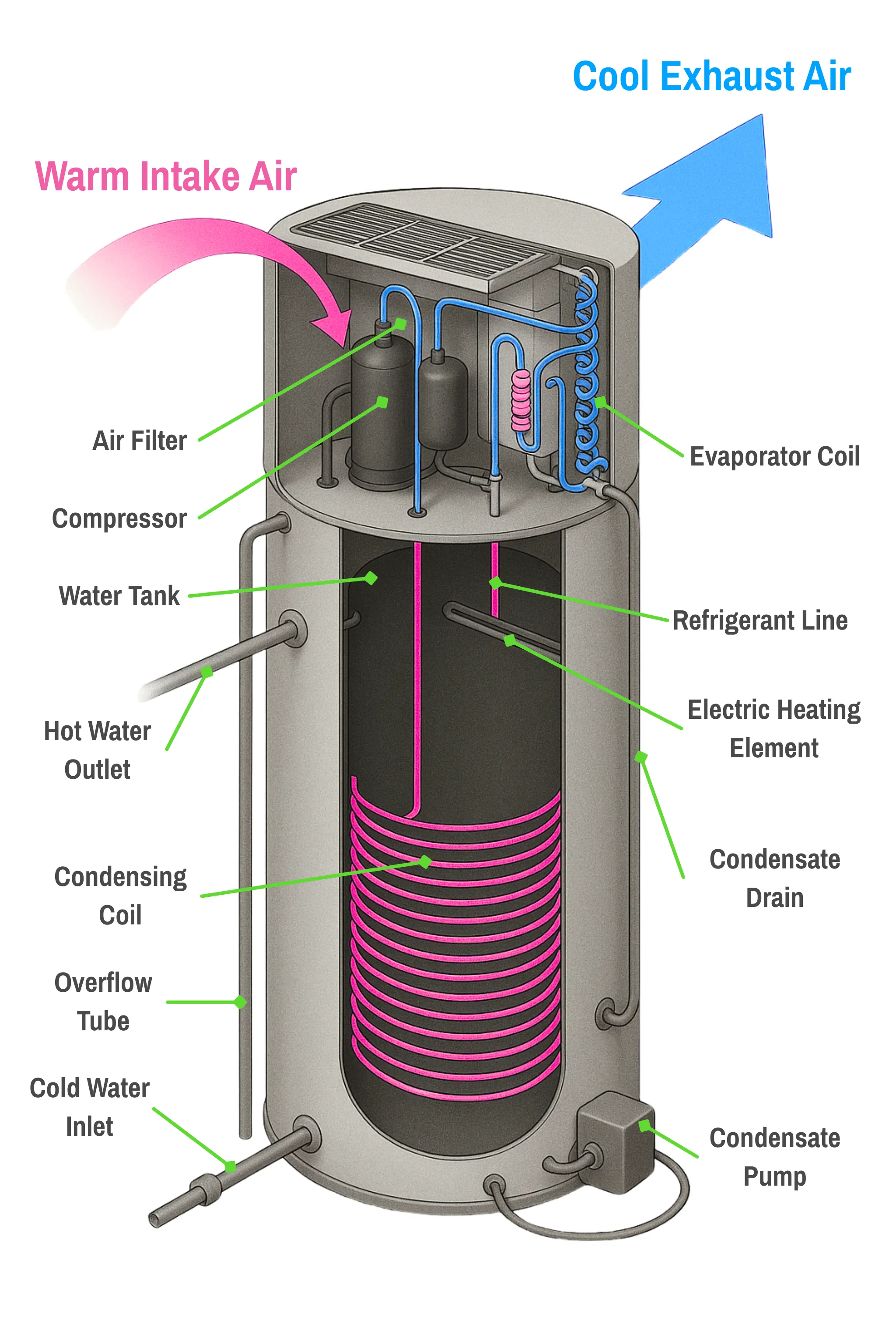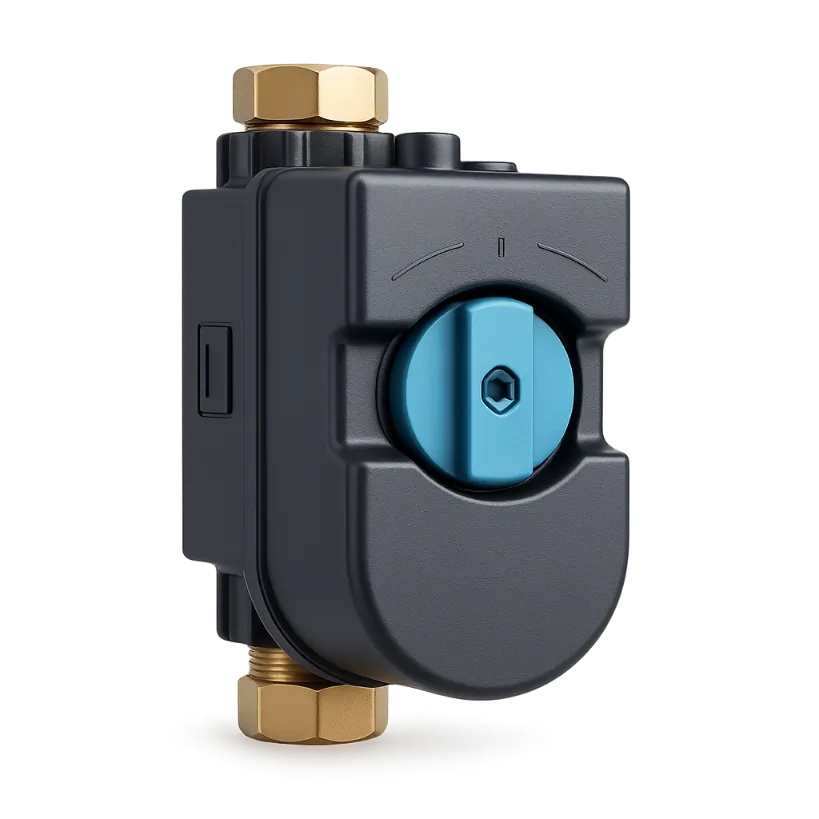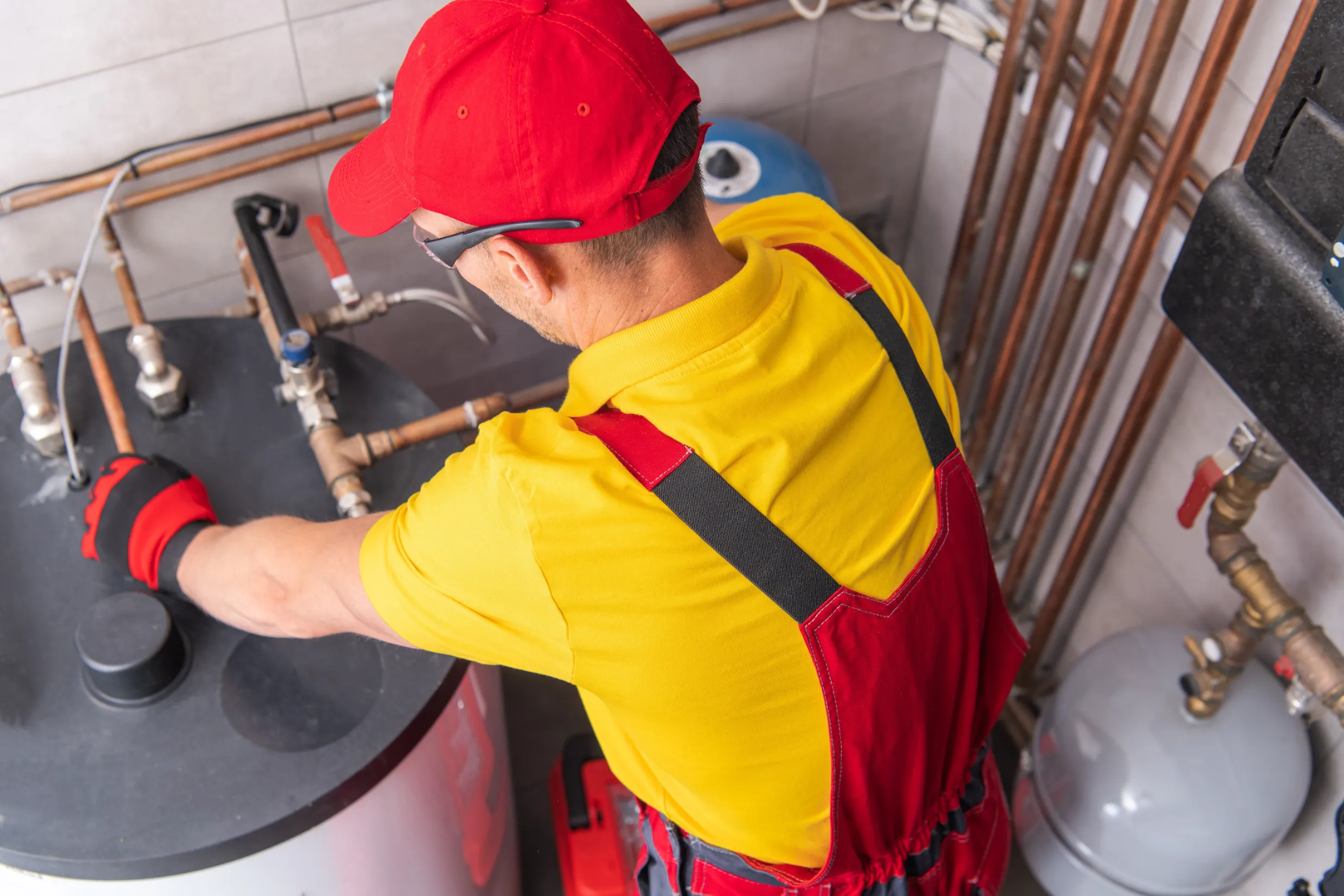
Save 70 % on Water-Heating Bills in the Bay Area - Here's How
How Heat-Pump Technology Delivers Maximum Efficiency
Heat-pump water heaters (HPWHs) don’t create heat; they move it. By stealing warmth already present in the air and pushing it into a highly insulated storage tank, these systems deliver the same steamy showers for roughly one-third the energy of a resistance-element or gas tank. In this ultimate Bay-Area guide you’ll learn:
- How the compressor-and-coil cycle works (and why UEF matters).
- True up-front costs and all 2025 federal + local rebates.
- Installation tricks contractors wish homeowners knew.
- Maintenance and noise-reduction tips.
- Side-by-side comparisons vs. gas, electric, tankless, and solar.

How Does a Heat-Pump Water Heater Work?
An HPWH is essentially a refrigerator running in reverse. A sealed refrigerant circuit absorbs low-grade heat from the surrounding air, compresses it to raise its temperature, then releases that heat inside the water tank through a condenser coil.
Core Components
- Evaporator Coil — draws heat from ambient air.
- Compressor — squeezes refrigerant, boosting temperature.
- Condenser Coil — transfers heat into tank water.
- Fan — moves air across the evaporator.
- Backup Elements — electric resistance rods for high-demand or cold spells.
Uniform Energy Factor (UEF) 101
UEF measures “hot-water delivered ÷ electricity consumed.” Typical 50-gal HPWHs post UEF 3.5 – 4.0, meaning every 1 kWh of electricity yields 3.5–4 kWh worth of hot water. Standard electric tanks hover around 0.90; mid-eff gas tanks, 0.60 – 0.65.
Operating Modes
- Heat-Pump Only — highest efficiency; recovery ≈ 8-12 gal/hr.
- Hybrid / Auto — compressor + elements when sensors detect high draw.
- Electric-Only — legacy mode for < 40 °F garages or compressor fault.
- Vacation — maintains 60 °F to prevent Legionella and save power.
Tech stat. HPWH compressors run on eco-friendly R-134a or R-513A and consume roughly the same wattage as a household microwave (< 700 W in steady state).
Bay-Area Benefits at a Glance
Replacing a 50-gal atmospheric gas tank with an ENERGY STAR HPWH:
*CA grid @ 47 % renewables (CEC 2025)
- Bills Down 70 %: From $330 → $120 for a family of four.
- Rebates: 30 % federal tax credit (max $2,000) + BayREN $800 + Peninsula Clean Energy $1,000.
- Lower CO₂: -1,260 lbs/yr = planting 15 trees annually.
- Side Bonus: Acts as a dehumidifier in damp garages & basements.
Up-Front Cost vs. Lifetime Savings
Typical 2025 Bay-Area Invoice (50-gal)
With annual savings of ~$520 (vs. gas), payback ≈ 4.5 years. Over a 13-year lifespan you pocket ≈ $4,400 net after incentives. Some homeowners may qualify for additional income driven incentives up to $3,500- learn more here.
Financing & ROI Tricks
- 0% California TECH Clean-Energy on-bill financing (selected zip codes).
- Bundle HPWH with solar-PV to maximize federal 30 % ITC on both.
- Add smart-grid scheduling for “EV 2-A” off-peak rates (9 ¢/kWh mid-night).
Installation Requirements & Pro Tips
1 — Choose the Right Location
HPWHs need air to breathe — roughly 700 ft³ (an average 2-car garage). If space is tight, manufacturers offer duct kits that pipe intake/exhaust outdoors or into an attic.
Pro tip. A louvered closet in conditioned space works if you supply a 2 in² / 1,000 BTU grill and a short exhaust duct.
2 — Electrical Up-Grade
Most 50-gal units draw 4.5 A-15 A in compressor mode but still need a dedicated 240 V / 30 A circuit for backup elements. Budget $350 – $700 for electrician work if panel space is available; more if sub-panel needed.
3 — Plumbing & Condensate
- ¾ ″ CWS/CWH lines — PEX-A or copper.
- Thermal-expansion tank mandatory on closed systems.
- Condensate drain to floor sink, washer standpipe, or condensate pump.
4 — Noise & Vibration Management
Compressors run 45–55 dBA. Install rubber isolation pads, keep clear of bedroom walls, and angle discharge air away from smoke detectors.
5 — Permit & Timeline
Most Bay-Area AHJs treat HPWHs as like-for-like replacements: same-day permits; 1-day install; final inspection within a week.
Myths & Objections — Debunked
Heat Pump vs. Tankless vs. Solar — Which System Fits Your Life?
Use the quick decision tree:
- Large family (4-6 people) & garage space → HPWH 65/80 gal in hybrid mode.
- Vacation rental (peak + idle) → Gas tankless + point-of-use recirculation.
- Off-grid solar cabin → Solar thermal pre-heat + 50-gal HPWH backup.
- Condo with no gas line → 40-gal HPWH closet install (ducted).
Maintenance & Troubleshooting
Routine Tasks (DIY)
- Clean inlet air filter every 6 months (2-minute job).
- Check condensate line & pump annually.
- Flush tank + inspect anode rod at year 5.
When to Call a Pro
Refrigerant leaks, compressor replacement, or electrical breaker trips require licensed techs with EPA 608 certification.
Decarbonization & Grid Benefits
HPWHs not only shrink household carbon but also shift load to flexible off-peak periods. California ISO’s “duck curve” shows mid-day solar surplus; programming the HPWH to run 10 a.m.–3 p.m. absorbs that clean power, easing evening peak demand. Check out a full study here.
Frequently Asked Questions
Ready to Slash Bills & Carbon?
A licensed estimator from Good Fit Plumbing can handle rebate paperwork, electrical upgrades, and city permits. Book a free on-site assessment or call (510) 423-1832 to lock in current incentives before funding resets next quarter.











What Our Customers Say
The Good Fit Plumbing Process
.svg)
Step 1: Get in Touch

Step 2: Schedule an Appointment

Step 3: On-Site Evaluation

Step 4: Transparent Quotation

Step 5: Expert Service Delivery

Step 6: Review and Follow-Up

Why Choose Good Fit Plumbing

Fully Licensed Team

No Hidden Fees

Our Priority Is You

High Standards
Serving Your Community






